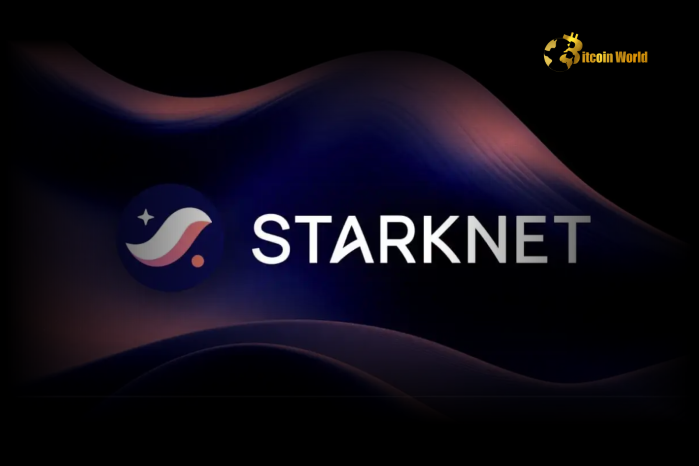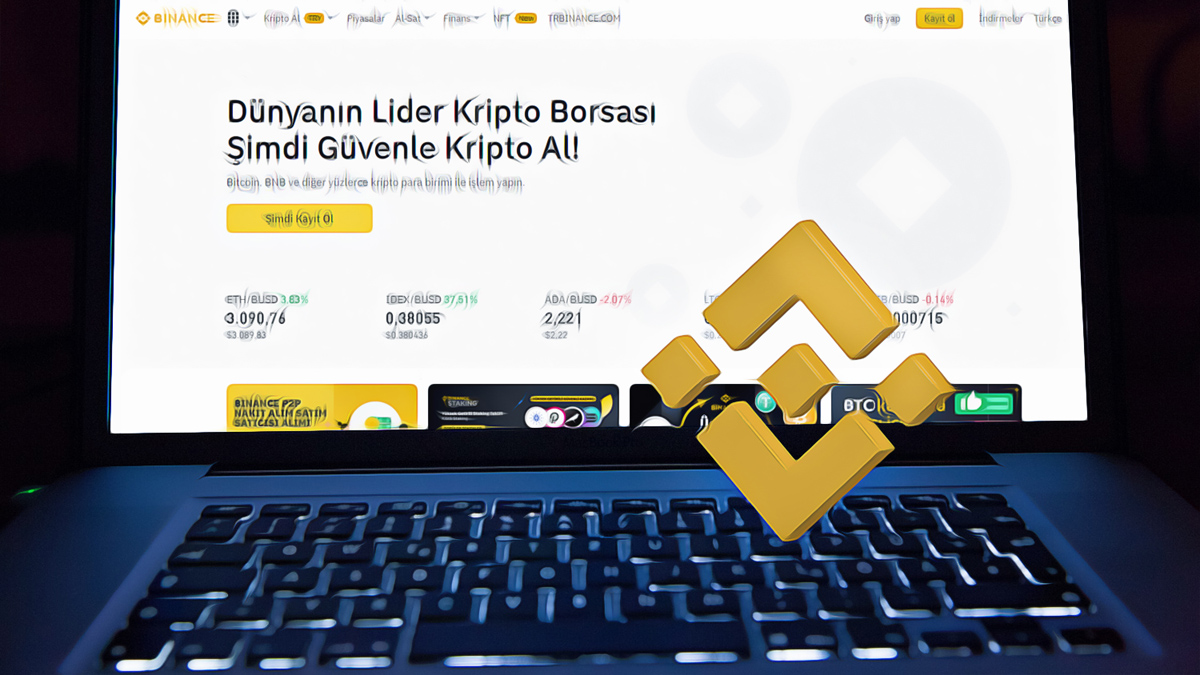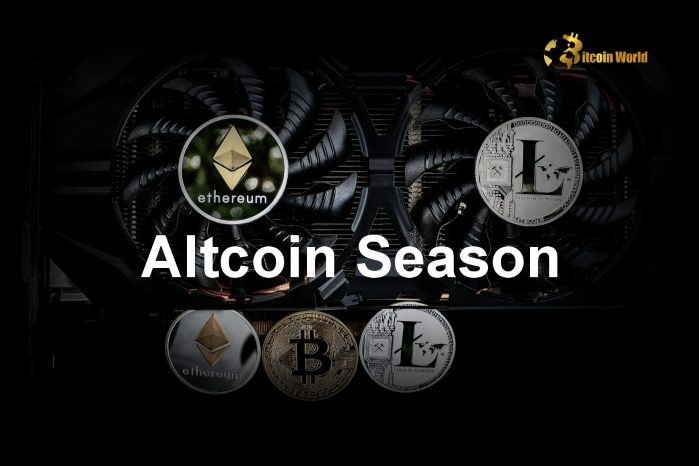
After a sharp downturn in the market, substantial numbers of large Ethereum holders have taken the opportunity to accumulate even more of the world’s second-largest cryptocurrency. This appears to be a clear signal of confidence in the long-term prospects of Ethereum, if not the broader crypto market. Recent large purchases in the whale community include the shadowy entity known as “7 Siblings,” which recently has dropped several million bucks to buy up additional ETH at what many believe are discounted prices. The Return of 7 Siblings: A Strategic Move After a significant price drop in the market, 7 Siblings, a prominent whale, has made a number of well-planned buys in Ethereum. With a giant $28.75 million worth of DAI (the decentralized stablecoin) spent, the whale picked up 12,070 $ETH at an average price of $2,382. This move adds even more to the whale’s already well-stocked portfolio and brings the whale’s total Ethereum holdings to an astounding 1.15 million $ETH, worth a staggering $2.8 billion at today’s market prices. After the market dropped, 7 Siblings spent 28.75M $DAI to buy 12,070 $ETH at $2,382 again. 7 Siblings holds a total of 1.15M $ETH ($2.8B) in 2 wallets. https://t.co/ygfREDnaG8 https://t.co/RytINqnBSh https://t.co/vgGyimRHOf pic.twitter.com/EitzLdHwRc — Lookonchain (@lookonchain) February 25, 2025 Purchasing at such a large scale underscores 7 Siblings’ confidence in Ethereum, especially when one considers the recent market volatility. These kinds of transactions are typically seen as a sign of faith in the long-term fundamentals of Ethereum itself, particularly when it comes to institutional or high-net-worth investors making the purchase. Besides the 7 Siblings, other whales have been moving in the Ethereum market, making large buy orders following the price drop. In the last 24 hours, three wallets—probably all belonging to the same whale—have bought an additional 16,114 $ETH for $39.85 million, at an average price of $2,473 per token. This appears to be quite a turnabout for the whale, considering it had just recently done the opposite and sold a large amount of $ETH. Indeed, in mid-January the same whale sold 7,227 $ETH, worth around $23.46 million, at a much higher price point of $3,246 per token. 3 wallets (likely belonging to the same whale) spent 39.85M $DAI to buy 16,114 $ETH at $2,473 in the past 2 hours. These 3 wallets previously sold 7,227 $ETH ($23.46M) at $3,246 on Jan 13 and are now buying back $ETH at a lower price. Wallets:… pic.twitter.com/Eosmm8Bb8Y — Lookonchain (@lookonchain) February 26, 2025 Whale Strategy: Buying Back at a Discount What is happening right now with these wallets is really interesting. They’ve been accumulating a ton of Ethereum, and that flies in the face of what we might expect after previous sell-offs. Earlier this year, they sold a large chunk of their $ETH, and they did so at prices that were way higher than what we’re seeing now. They must have been thinking that the bull market was basically over. And now they’re back, buying and hoarding Ethereum. For me, this wallet activity seems like a pretty bullish signal for Ethereum. This strategy—selling at higher levels and buying back at a discount—is a classic move employed by institutional investors and high-net-worth individuals looking to maximize their positions. By acquiring $ETH during a market dip, these whales are positioning themselves to benefit from any future price increases, whether driven by demand for Ethereum’s underlying use cases or a broader market recovery. Ethereum’s ETF Outflow: A Telling Indicator The actions of these whales are happening in the context of the larger market. On February 25, Ethereum experienced a net outflow of $50.08 million from spot ETFs. For those less familiar with Ethereum, spot ETFs are a relatively new investment vehicle that allows for direct investment in the underlying asset—here, Ethereum. Until very recently, investment in Ethereum via an ETF was indirect; you couldn’t actually invest in Ethereum itself through an ETF. On February 25, the total net outflow of Bitcoin spot ETF was $1.139 billion, reaching a record high, and the outflow continued for six days. FBTC outflow reached $344 million. The total net outflow of Ethereum spot ETF was $50.0841 million, and the net outflow continued for 4… pic.twitter.com/1yNbVreAMp — Wu Blockchain (@WuBlockchain) February 26, 2025 It is quite interesting that the outflows from Ethereum-based ETFs appear to happen when whale activity increases. The largest crypto players seem to be using lower price levels as a chance to accumulate more $ETH. The divergence in activities of these two groups could reflect a difference in confidence levels. On one hand, you have the large, confident players using price dips as a buying opportunity. On the other, you have the smaller, less confident players who seem to be heading for the exit. What Does This Mean for Ethereum’s Future? Heightened whale activity, especially following a market downturn, indicates that big players in the crypto market are getting ready for a future upswing. Ethereum’s role and potential in the crypto space give it a very promising outlook, largely because of its dominant position in decentralized finance (DeFi) and smart contracts. Dorsey, Weigand, Siblings 7, and the other whales reflected in this uptick clearly believe in the potential of Ethereum as an asset and in the basic soundness of the crypto space. These guys are buying up Ethereum hand over fist, and at prices that reflect a nice margin of safety. The outflows from the Ethereum spot ETFs raise fresh questions about overall retail sentiment toward Ethereum, as well as the market’s broader outlook. If these outflows persist, they could very well signal something more serious—a prolonged correction for Ethereum, or a pivot in investor sentiment toward other, non-Ethereum assets. Conversely, if the whales’ strategic buying of Ethereum leads to a price reversal, we could soon see Ethereum’s value back on the upswing, with renewed retail confidence in the asset. With ongoing upgrades like Ethereum 2.0, promising improved scalability and reduced energy consumption, what large players might be affecting the future evolution of Ethereum today? In the meantime, buying and selling activity from these large players will be closely watched by market-watchers, as it might signal the next big event for Ethereum. To conclude, the current whale buying, when viewed in conjunction with the steady outflows from Ethereum spot ETFs, offers a fascinating portrait of a market at an inflection point. Although retail sentiment may be anemic right now, the intentions of our two main actors—buying whales and selling ETFs—suggest that the next phase of Ethereum’s development might just be a hop, skip, and a jump away. Whether that’s a bullish or bearish hop, skip, and jump is something we’re still trying to figure out. Disclosure: This is not trading or investment advice. Always do your research before buying any cryptocurrency or investing in any service. Follow us on Twitter @nulltxnews to stay updated with the latest Crypto, NFT, AI, Cybersecurity, Distributed Computing, and Metaverse news ! Image Source: nexusplexus/ 123RF // Image Effects by Colorcinch
NullTx
You can visit the page to read the article.
Source: NullTx
Disclaimer: The opinion expressed here is not investment advice – it is provided for informational purposes only. It does not necessarily reflect the opinion of BitMaden. Every investment and all trading involves risk, so you should always perform your own research prior to making decisions. We do not recommend investing money you cannot afford to lose.
Stacks’ sBTC token sees increasing adoption

Stacks, the leading Bitcoin ( BTC ) Layer-2 ( L2 ) network for BTC-oriented decentralized finance ( DeFi ), has announced that its sBTC token has been adopted by a number of institutional clients, as detailed to Finbold on Thursday, February 27. sBTC’s next major milestone will be the launch of its withdrawal functionality, which is scheduled for March 2025. sBTC adoption As a decentralized, Bitcoin-backed, programmable asset, sBTC is designed to bring additional flexibility to the BTC ecosystem. Early sBTC adopters included UTXO, SNZ, Jump Crypto, Sypher Capital, and Asymmetric Research, all part of the initial deposit cap. The rapid demand for sBTC soon led to a second cap raise, tripling the deposit capacity. Fully subscribed within just 24 hours, the second cap signaled a surge in interest among all kinds of investors, most notably Zest Protocol, which has so far accumulated nearly 40% of the total sBTC in circulation. The growing demand for tokenized Bitcoin assets The demand for tokenized Bitcoin assets continues to grow as more and more Bitcoin holders realize that L2 networks like Stacks can offer both innovative solutions and core security of Bitcoin. According to the Bitcoin Builders Association, tokenized Bitcoin has reached 1.67% of the current BTC supply, statistics not matched since October 2022. What sets sBTC apart from other tokenized assets is its versatility, that is, its ability to enable flexible smart contracts and transactions without compromising the security and immutability characteristic of “digital gold.” The rise of Bitcoin Layer 2 solutions L2 BTC has been one of the most significant trends in the cryptocurrency space over the past year. Data published by DeFiLlama suggest that the total value locked (TVL) in Bitcoin L2 networks has increased by over 460% (from ~$500 million in 2024 to ~$2.8 billion in February 2025). This surge reflects the increasing demand for L2 solutions that enable greater BTC functionality. Given how close sBTC is to Bitcoin, and given its adoption by some of the most influential players in the industry, including ecosystems like Solana ( SOL ) and Aptos ( APT ), sBTC could become a key to ensuring the demand for Bitcoin assets remains steady. The post Stacks’ sBTC token sees increasing adoption appeared first on Finbold . NullTx

Starknet Unveils Revolutionary v0.13.4 Testnet Release: Elevating Ethereum Layer-2 Performance
Exciting news for the Starknet community and Ethereum enthusiasts! The Starknet network, a leading zk-rollup scaling solution for Ethereum, has just dropped a major update on its testnet. Version 0.13.4 is now live, packed with features designed to significantly boost performance, reduce costs, and improve the developer experience. This release marks a crucial step forward for Starknet as it prepares to enhance its Mainnet capabilities. Let’s dive into what makes this testnet release so significant and what it means for the future of Ethereum scaling. What’s New in Starknet v0.13.4 Testnet Release? Starknet v0.13.4 isn’t just a minor update; it’s a powerhouse of enhancements focused on making the network faster, cheaper, and more developer-friendly. Let’s break down the key features that are now available on the testnet release : Cairo-Native: Unleashing Smart Contract Efficiency Precise Fee Calculation with Layer-2 Gas Pricing Stateful Compression: Lowering Storage Costs Developer Experience Enhancements Each of these features plays a vital role in optimizing Starknet’s performance and usability. Let’s explore each one in detail. Cairo-Native: Supercharging Smart Contract Processing One of the most anticipated features in this release is Cairo-Native. Cairo is Starknet’s programming language, and Cairo-Native represents a significant leap in its execution efficiency. Essentially, Cairo-Native allows for more direct and faster processing of smart contracts on Starknet. Why is this a big deal? Increased Speed: By optimizing the execution environment, Cairo-Native dramatically speeds up smart contract processing. Transactions will be confirmed faster, leading to a smoother user experience. Reduced Latency: Faster processing translates to lower latency. This is crucial for applications that require quick interactions, such as decentralized exchanges (DEXs) and high-frequency gaming. Enhanced Scalability: With more efficient processing, Starknet can handle a higher volume of transactions, further solidifying its position as a leading zk-rollup solution. Imagine decentralized applications (dApps) on Starknet running with the responsiveness of centralized applications. Cairo-Native is a key component in making this vision a reality. Precise Fee Calculation: Introducing Layer-2 Gas Pricing Gas fees are a constant topic in the crypto world, especially on Ethereum. Starknet v0.13.4 introduces a more refined approach to fee calculation with layer-2 gas pricing. This means fees on Starknet will be more predictable and accurately reflect the actual computational cost of transactions within the Ethereum layer-2 environment. What are the benefits of layer-2 gas pricing? Predictable Fees: Users will have a clearer understanding of transaction costs before submitting them. This predictability is essential for user confidence and budgeting within dApps. Fair Pricing: Fees will be more closely aligned with the resources consumed by each transaction on Starknet, ensuring a fairer system for all users. Optimized Cost Efficiency: By accurately reflecting computational costs, layer-2 gas pricing contributes to the overall cost efficiency of using Starknet, making it a more attractive option for developers and users seeking to minimize transaction expenses compared to mainnet Ethereum. This enhanced fee mechanism is a significant step towards making Starknet even more user-friendly and cost-effective for everyday transactions and complex dApp interactions. Stateful Compression: Minimizing Storage Footprint and Costs Storage costs are a significant factor in blockchain operations. Starknet v0.13.4 introduces stateful compression, a clever technique to reduce the amount of data that needs to be stored on the network. By compressing state data, Starknet can lower its storage footprint and, consequently, reduce operational costs. How does stateful compression help? Reduced Infrastructure Costs: Less storage space required means lower infrastructure expenses for node operators and the network as a whole. These savings can potentially be passed on to users in the long run. Improved Network Efficiency: Smaller state size can lead to faster data retrieval and processing, contributing to overall network efficiency. Scalability Enhancement: By managing state data more effectively, stateful compression supports the long-term scalability of the Starknet network, allowing it to grow and handle increasing amounts of data and activity as an Ethereum layer-2 solution. Stateful compression is a behind-the-scenes optimization that has tangible benefits for the entire Starknet ecosystem, contributing to its sustainability and scalability. Enhanced Developer Experience: Making Building on Starknet Easier A thriving ecosystem relies on a positive developer experience. Starknet v0.13.4 includes several enhancements specifically aimed at making life easier for developers building on the platform. While specific details of these enhancements were not explicitly listed in the announcement, improvements in developer tools, documentation, and debugging capabilities are typically part of such updates. Why focus on developer experience? Faster Development Cycles: Improved tools and documentation shorten development time, allowing developers to bring their dApps to market quicker. Lower Barrier to Entry: Easier-to-use tools and clearer documentation make Starknet more accessible to a wider range of developers, fostering innovation and growth within the ecosystem. Higher Quality dApps: A better developer experience often translates to higher quality, more robust, and user-friendly decentralized applications being built on Starknet. Investing in developer experience is crucial for the long-term success of any blockchain platform, and Starknet’s commitment to this is evident in this update. Road to Mainnet: What to Expect Next? The release of v0.13.4 on the testnet release is a significant milestone, and the Starknet team has indicated that the Mainnet launch is expected between March 17 and 24. This timeline suggests a relatively swift transition, indicating confidence in the stability and performance of the new version after testnet release feedback and iterations. Key Takeaways for the Mainnet Launch: Anticipated Timeline: Keep an eye out for announcements between March 17 and 24 for the official Mainnet launch of v0.13.4. Potential Impact on STRK: Successful Mainnet launch and adoption of these enhanced features could positively impact the perception and value of Starknet’s native token, STRK. Ecosystem Growth: The improved performance and developer experience are expected to attract more developers and users to the Starknet ecosystem, leading to further growth and innovation. Conclusion: A Powerful Upgrade for Starknet and Ethereum Scaling Starknet v0.13.4 is a substantial upgrade that underscores Starknet’s commitment to pushing the boundaries of zk-rollup technology and Ethereum layer-2 scaling. With features like Cairo-Native, precise fee calculation, and stateful compression, this release promises to deliver significant improvements in performance, cost-efficiency, and developer experience. As Starknet prepares for its Mainnet launch, the crypto community is watching with anticipation, eager to see the real-world impact of these powerful enhancements on the network and the broader Ethereum ecosystem. This update not only boosts Starknet’s capabilities but also contributes to the overall advancement of blockchain scalability solutions, paving the way for a more efficient and accessible decentralized future. To learn more about the latest crypto market trends, explore our article on key developments shaping Ethereum price action. NullTx











